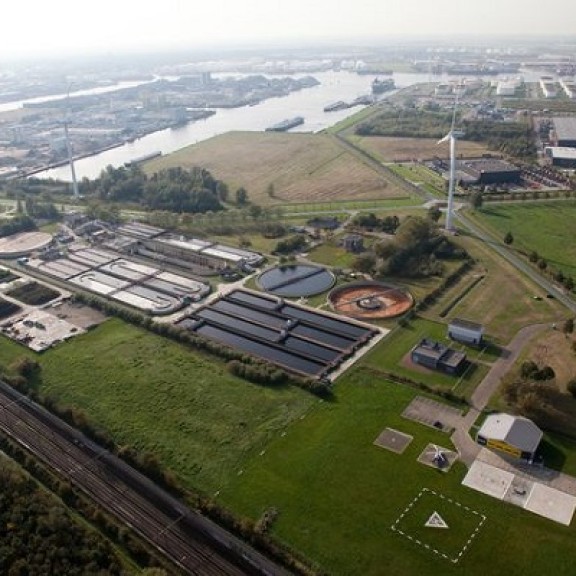
Plan for Haven-Stad (Port City) at odds with interests of port
The City of Amsterdam’s plan to build 70,000 residential properties in and around the port is at odds with the interests of both the port and the businesses in the port, particularly during the transformation period.
Port of Amsterdam has therefore responded to the plan. The public consultation period ended yesterday.
Under the name Haven-Stad (Port City), Amsterdam aims to build a residential neighbourhood the size of the town of Leiden in the port. The section of the port within the ring (A10) is to accommodate around 25,000 properties.
The transformation into ‘a metropolitan mixed-use area’ has major consequences for the businesses located – often already for several decades – in that area. Companies such as ICL, Cargill and Bunge play an important role in the port economy, Amsterdam’s economy and that of the metropolitan region.
A covenant entered into by port businesses with the City and the province provides that construction on residential properties in that area will not commence before 2029.
In addition, under the current coalition agreement, the industrial businesses in the Coen and Vlothaven ports – which are also located within the ring – can in any case remain until 2040.
However, the current plan already constricts environmental zoning for these businesses well before 2040 and will adversely affect their accessibility. This will reduce the port’s capacity to generate earnings and the willingness of businesses to invest in this area. That is difficult to accept for Port of Amsterdam.
The concerns are that:
- The environmental zoning will be limited
In the port, the environmental zoning, for noise and dust particles, for instance, is not the same as elsewhere. Industrial businesses have room here to perform their activities, activities that are not feasible in residential areas. Building a residential area will therefore limit the environmental zoning and adversely affect the business climate. The City is already proposing in advance to curtail the environmental zoning in land use plans.
- Accessibility and road safety will come under pressure.
The transformation will bring many more people into the area. As it will still take a long time to put a high-quality public transport network into place after construction work begins, the existing infrastructure, and therefore the accessibility of businesses, will come under pressure. No mention is made of the consequences of that traffic density for road safety, not even for transporting hazardous substances.
Concerns remain even if construction were to begin after 2040. At least two requirements need to be met for relocating established businesses:
- ‘Wet’ land
This refers to sites on port waters that permit mooring of sea-going vessels. That land is in scarce supply in Amsterdam. Port of Amsterdam is already pursuing an intensification strategy (more port activity per square metre), but with the plan as it stands, expansion of the port is becoming a topical issue once again. Policies to achieve this may have consequences for the region. Thus the plan for Haven-Stad goes (far) beyond the borders of the City of Amsterdam.
- Financial resources
The plans offer no insight into the approach to the transformation of the Coen and Vlothaven ports area. How will the rights of the industrial businesses located there be treated, such as ongoing leasehold contracts? And what are the proposed costs of relocation? In the absence of any indications for this and of possible options, established businesses are becoming particularly concerned about their continued existence.
Overall, in the opinion of Port of Amsterdam, in the present plan the City is:
- taking insufficient account of the port and the businesses in the port;
- taking an imprudent approach with regard to the current, existing economy (industrial businesses) and;
- insufficiently safeguarding the quality of life for (future) residents.
Port of Amsterdam has a great deal of understanding and consideration for the metropolitan challenge for the City, but also takes the view that the City’s ambition should not be at odds with the interests of the port of that same City, as this will benefit neither the City nor the region.
Which areas?
The transformation of port into residential areas is to take place, according to the City of Amsterdam, in:
- the Minervahaven port with its current fashion and media businesses;
- the Alfa triangle with urban economic activity and offices;
- the Coen, Vlot and Mercuriushaven ports, an industrial area comprising large international businesses such as Igma, ICL’s artificial fertiliser plant, the waste processing business Renewi (created by a merger of Shanks and Van Gansewinkel) and Bunge (a 200-year old business with roots in Amsterdam).